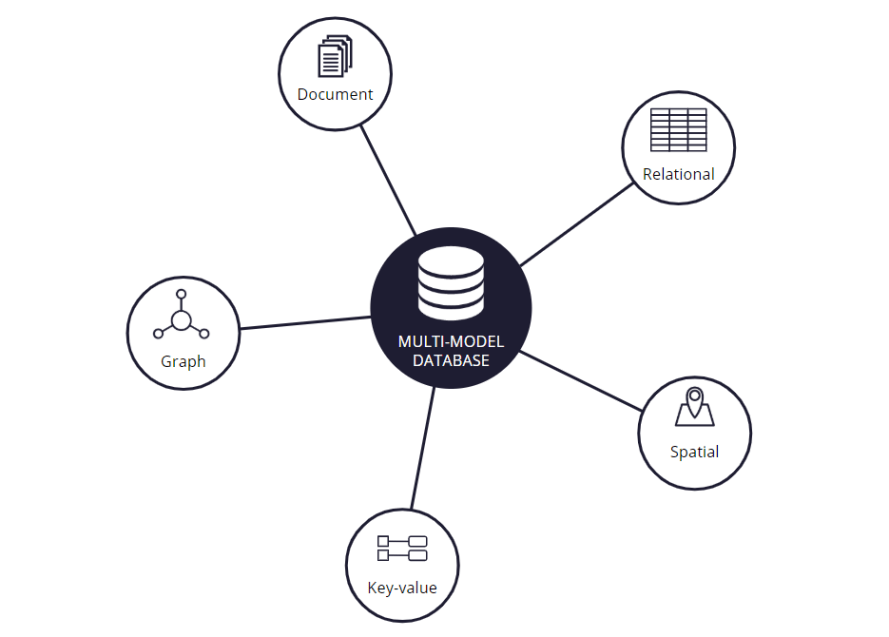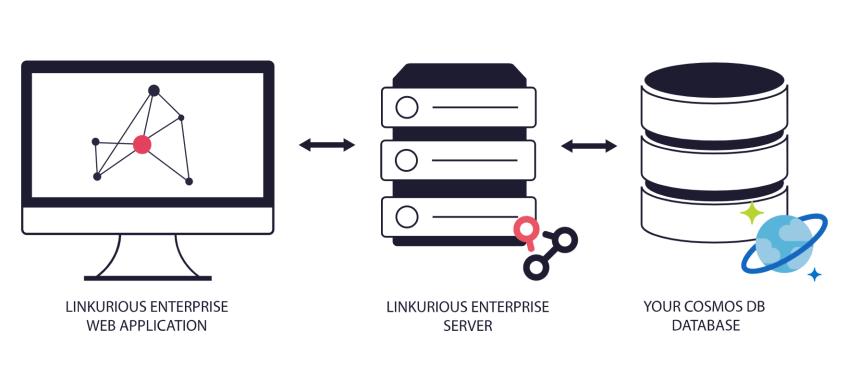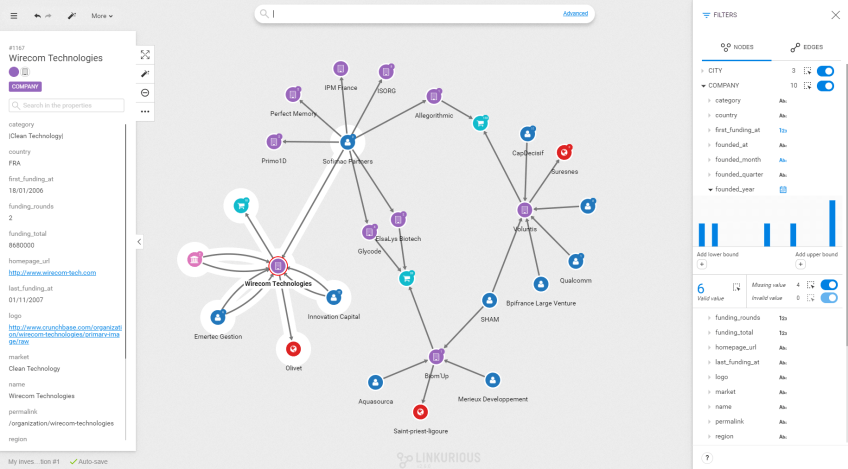Linkurious Enterprise is compatible with Azure Cosmos DB and offers investigation teams a turnkey solution to detect and investigate threats hidden in graph data. In this post, we explain how Linkurious Enterprise connects to Cosmos DB graph database.
Over the years, applications started working with more and more data types, diversifying organizations’ storage requirements. While some have chosen to use multiple types of databases, others have turned to multi-model databases to avoid the operational complexity of managing various silos.
The multi-model database management systems are designed to support various data models. They store multiple data types in the same system, handling models such as document, relational, RDF and graph models.
The graph data model is particularly well-suited to store and organize data where connections are as important as data points. Connections are stored and indexed as first-class citizens, making it an interesting model for investigations of fraud and financial crimes, cybersecurity or terrorism analysis where relationships are important information.

 Microsoft Azure launched Cosmos DB in May 2017, presenting it as a database for globally-distributed applications. Azure’s system is a distributed cloud database that ensures better responsiveness and high availability when carrying out operations in many different geographical areas.
Microsoft Azure launched Cosmos DB in May 2017, presenting it as a database for globally-distributed applications. Azure’s system is a distributed cloud database that ensures better responsiveness and high availability when carrying out operations in many different geographical areas.
The multi-model database supports four data types: key-value, document, column family, graph. It comes with five APIS including a Gremlin API, to create, query, and traverse a graph with the Apache Tinkerpop’ graph traversal language. To handle large-scale analytical processing, such as running complex graph algorithms, Cosmos DB supports Spark, a graph processing framework.
On top of Cosmos DB, Linkurious Enterprise makes graph data and graph analytics results available to end-users through a browser-based graph visualization and analysis platform. Linkurious Enterprise connects directly to Cosmos DB, letting analysts and investigators explore, query, and visualize graph data without prior knowledge of the Gremlin traversal language.
If you don’t have access yet to Azure Cosmos DB, you can open a free account. You can also try Azure Cosmos DB for free without an Azure subscription. Then, simply follow Azure’s detailed tutorial to create your first Cosmos DB Gremlin API database.
You deploy Linkurious Enterprise on-premise or on Azure Cloud Services and connect it to your Cosmos DB instance by providing its address and credentials.
At this point, your data is stored in Cosmos DB but is searchable, editable and viewable as a graph in Linkurious Enterprise. This complementary combination of Cosmos DB and Linkurious Enterprise helps you address all the stages of your graph project, from building, enriching and storing your graph data to making it available to your end-users for analysis.

Your users can now search, analyze and visualize Cosmos DB complex graphs to reveal hidden connections. As we explained before, interactive visualization tools are an essential layer to identify insights. They are particularly useful in situations where end-users need to understand and identify complex connections. This is the case in situations such as fraud or money laundering detection, cybersecurity or counter-intelligence.
Users access styling and filtering capabilities in Linkurious Enterprise to reduce the noise, highlight key elements and analyze the data faster. They can also work with the information generated by your graph analytics engines directly in Linkurious Enterprise interface.
Several investigation tools that don’t require prior knowledge of the Gremlin query language are available to end users. For instance, pre-configured queries help users streamline the identification of patterns in the graph data. This is useful in a fraud detection context for instance where you’d want to quickly highlight instances of known fraud schemes.

« Data visualization is critical for obtaining valuable insights and detecting patterns. And Linkurious provides a powerful platform that both technical and non-technical users can take advantage of to extract the most value out of their graph data. »
A spotlight on graph technology directly in your inbox.